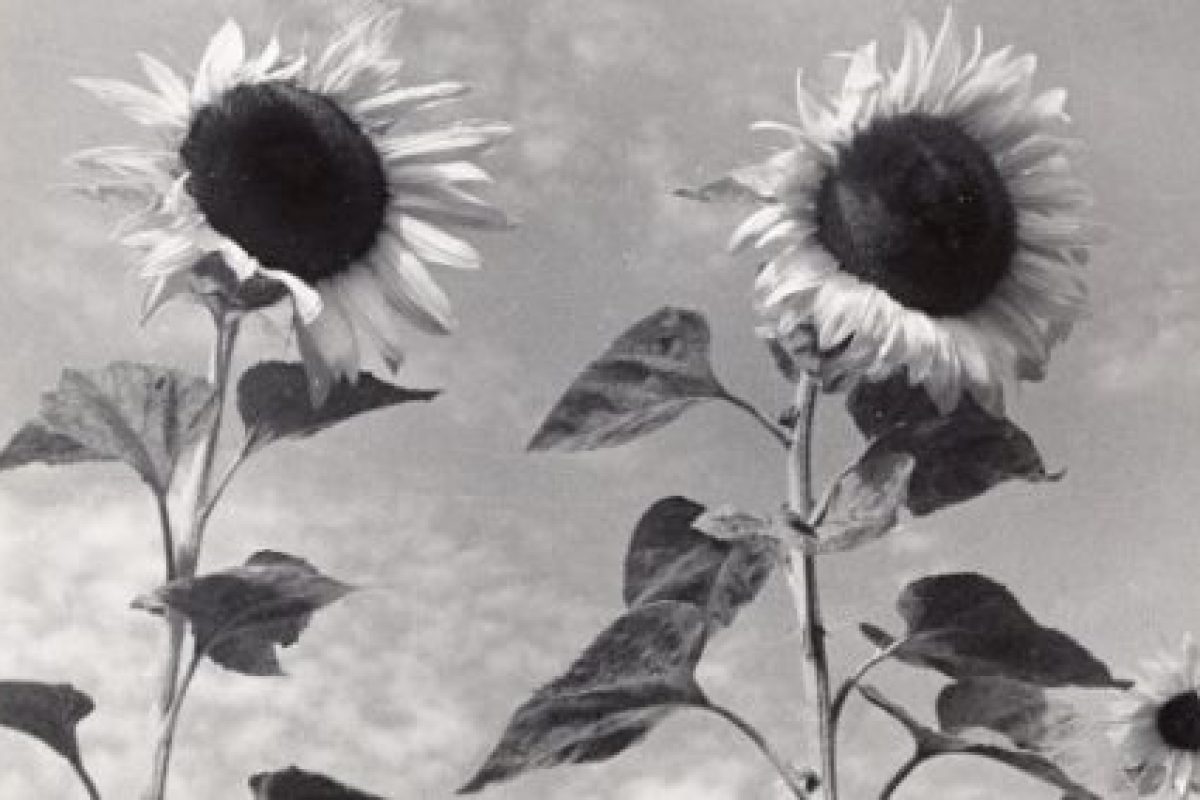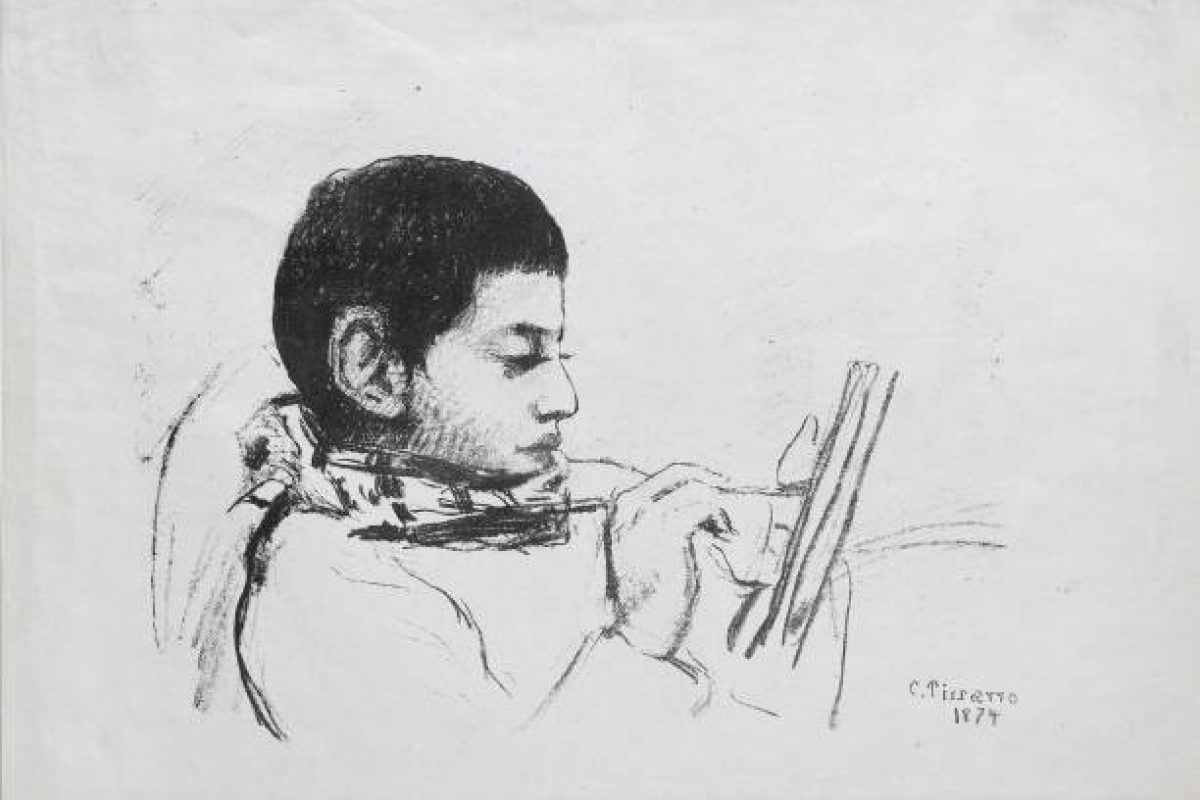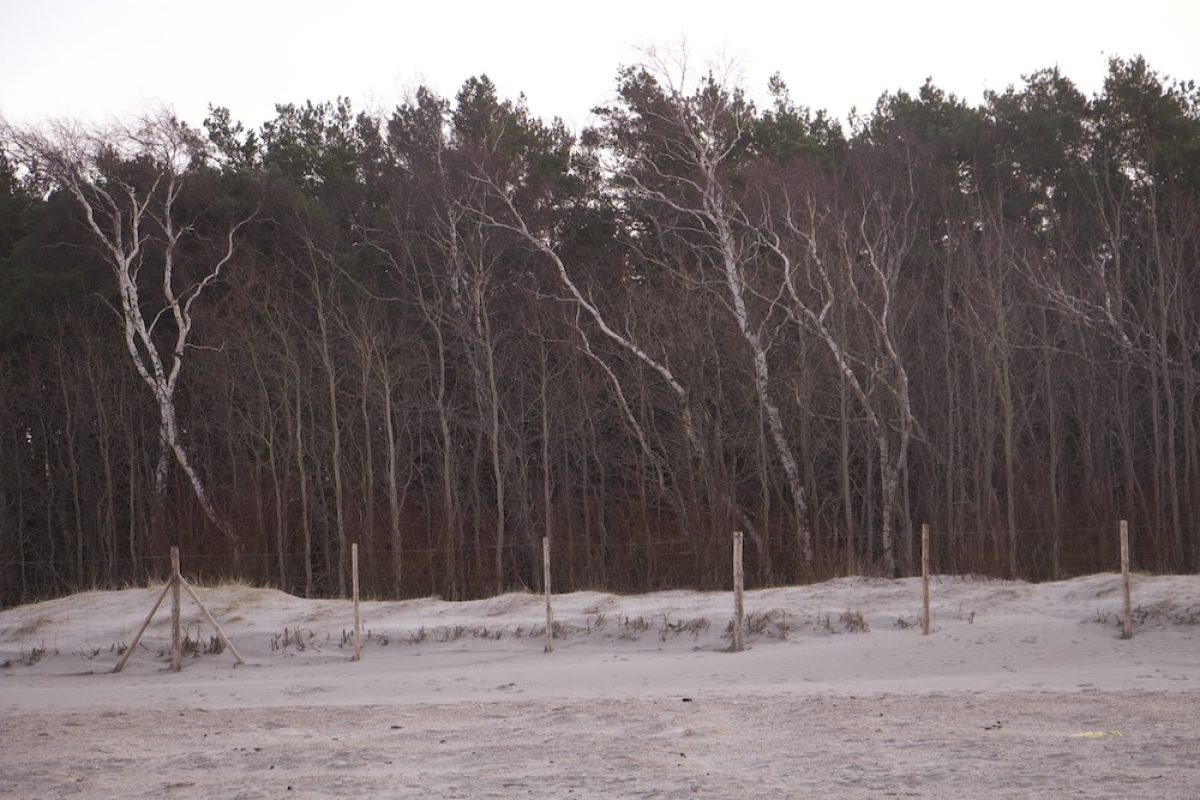W Warszawie ostatnimi miesiącami jestem jedynie gościem. Podczas tych krótkich chwil w tym mieście staram się je odkrywać na nowo. Spaceruję, zaglądam w zakamarki codziennie przemierzanych i niezauważonych przeze mnie ulic. Niesamowite jest to, że nie dostrzegłam jakieś kapliczki, czy sklepu ze starociami czy innej pięknej choć zaniedbanej kamienicy. Mieszkam po prawej stronie Wisły, która jest bogata w historię i niesamowite ludzkie opowieści.
Jedną z nich usłyszałam przypadkiem. Któregoś dnia szłam do pracy, dzień jak codzień. Spojrzałam w górę, zazwyczaj idę zamyślona, bez żadnego zainteresowania. Tego dnia spojrzałam w kierunku ruin zaokroąglonego budynku. Zainteresował mnie, muszę przyznać. Nagle ktoś się do mnie odzywa i widzę starszą Panią. Zaczyna mi opowiadać, że w tym budynku znajdowały się konie. Taki jakby wybieg, wzdycha i mówi „pięknie tu było na tej naszej warszawskiej Pradze”. Opowiada mi też, że każda pusta przestrzeń to są nieistniejące już dzisiaj kamienice.
Te spacery zamieniły się w dłuższe wycieczki. Głupio się przyznać, ale nigdy tak naprawdę nie byłam na Powązkach, przejeżdżałam wielokrotnie komunikacją miejską, byłam w bramie lub w kilku początkowych alejkach. Ale nigdy nie miałam odwagi, żeby wejść dalej, tak zwyczajnie przejść i zobaczyć jak jest. A niektóre nagrobki są piękne, szczególnie w słoneczny dzień. Światło tam odbijające się to raj na ziemi dla fotografa.
I takim przypadkiem trafiłam na nagrobek artysty Jana Bułhaka. Zainteresował mnie ten człowiek, zaczęłam szukać informacji. Okazało się, że mianowano go „ojcem polskiej fotografii”. Fotografował głownie architekturę miast Wilna bo tam wykładał i mieszkał, ale też Warszawy czy Lublina. Fotografował również naturę. Mnie w jego fotografiach urzekło światło, doskonale sobie z tym radził. Jego fotografie są takie jakby malarskie, pełne wrażliwości i dobrej kompozycji. Co tu dużo mówić mnie bardzo pociągają zdjęcia czarno-białe. W jednym z artykułów przeczytałam, cyt.: „(…) jego kadry są spowite mglistą poświatą, kontury ledwo dostrzegalne, kompozycje przemyślane, wypełnione tonalnym światłem, pejzaże usiane miejskimi zabudowaniami czy – rzadziej – portretowane osoby sprawiają wrażenie szykujących się do snu”.
Jednym z moich ulubionych jego zdjęć są słoneczniki. Nie wiem czy o tym wspominałam, ale to są moje ulubione kwiaty. Proste, a mają jakąś ukrytą tajemnicę. Kiedyś będę będą głównym punktem mojego ogrodu. Zresztą zobaczcie sami jak ten artysta widział świat przez obiektyw aparatu. Na koniec podzielę się zdaniem, które przykuło moją uwagę, a mianowicie: sztuka to nie piękno, sztuka to widzenie rzeczy inaczej – V. Woolf.
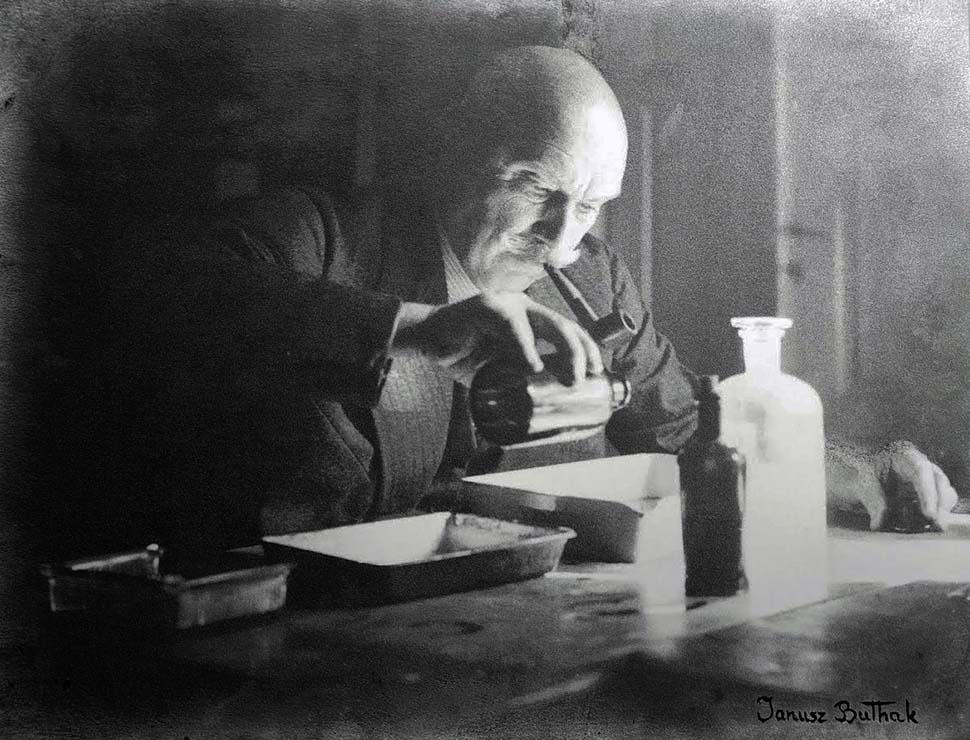

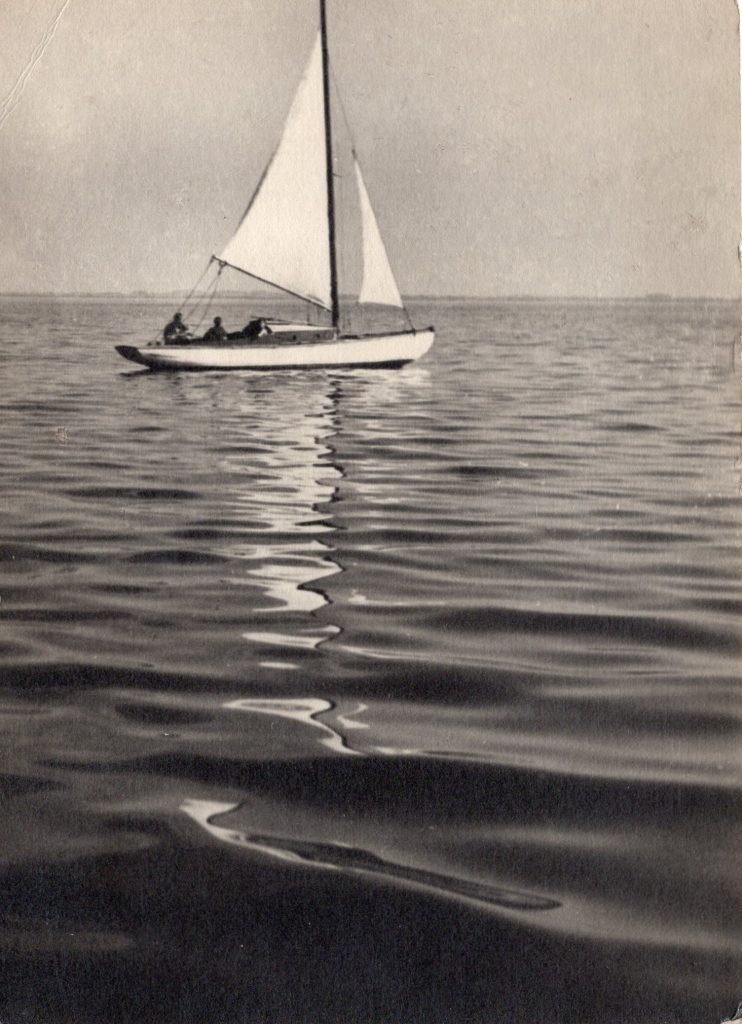
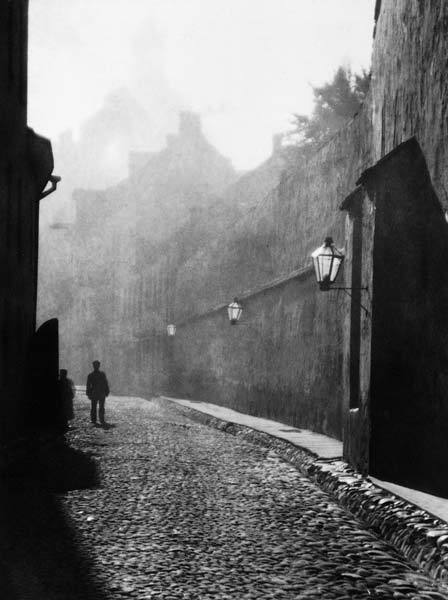
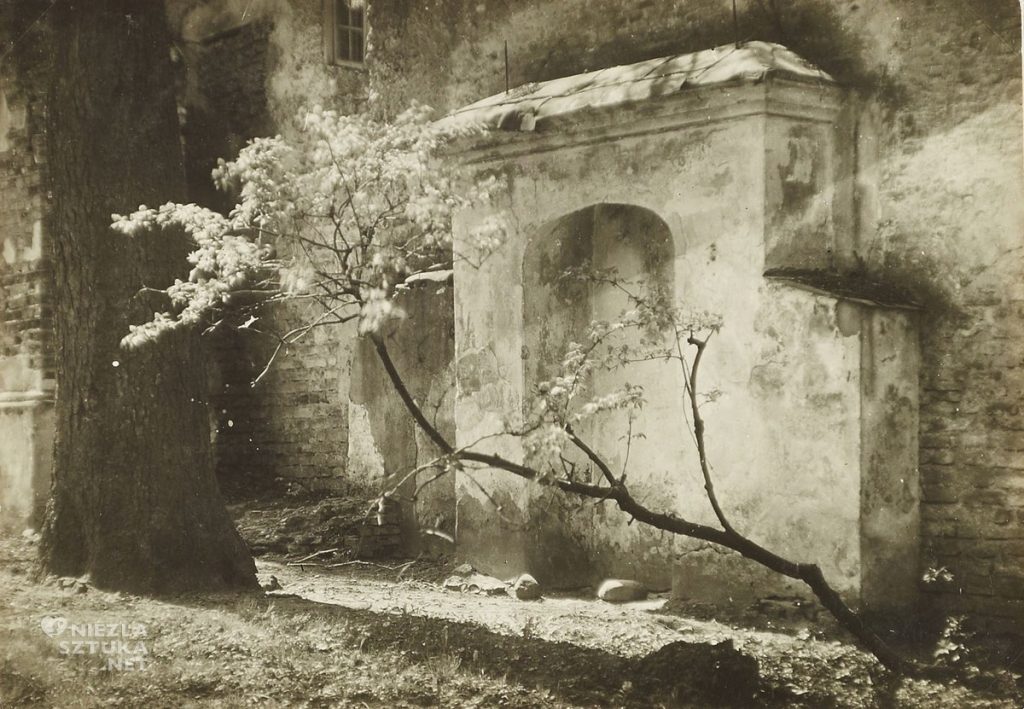
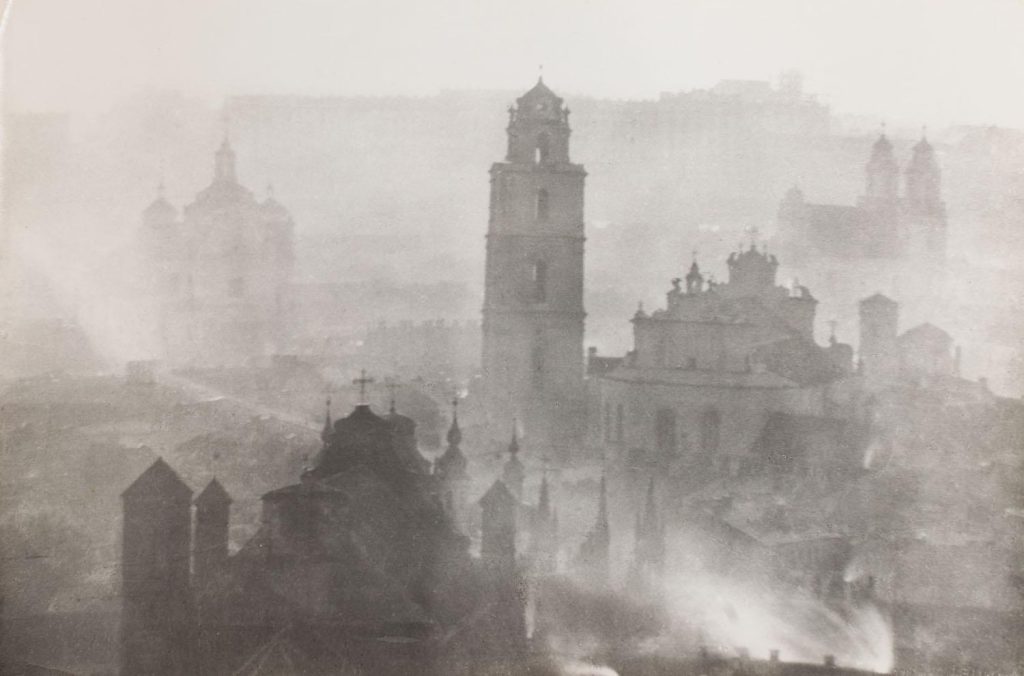
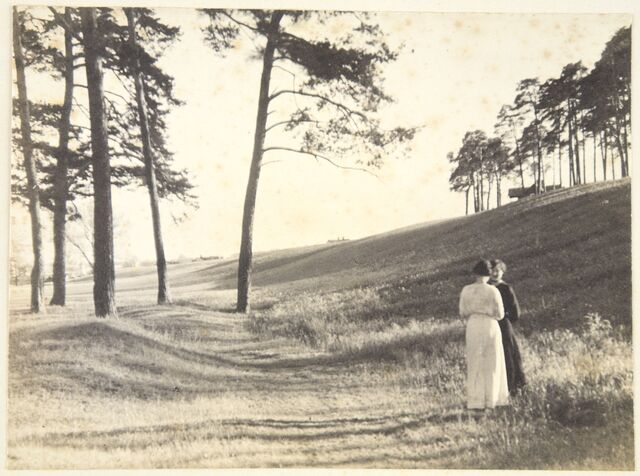
***
I have only been a visitor to Warsaw in recent months. During these brief moments in this city, I try to rediscover it. I take walks, I look into the nooks and crannies of streets I pass every day and do not notice. It is amazing that I have not spotted a chapel or an antique shop or another beautiful but neglected building. I live on the right side of the Vistula, which is rich in history and amazing human stories.
I heard one of them by accident. One day I was walking to work, a day like every day. I looked up, usually walking thoughtfully, without any interest. That day I looked up towards the ruins of a rounded building. It interested me, I must admit. Suddenly someone speaks to me and I see an old lady. She starts telling me that there were horses in this building. A kind of enclosure, she sighs and says ‘it was beautiful here in this our Warsaw Praga district’. He also tells me that every empty space are tenements that no longer exist today.
These walks have turned into longer excursions. It’s a silly thing to admit, but I’ve never really been to Powązki, I’ve been through many times on public transport, I’ve been to the gate or the first few alleys. But I’ve never had the courage to go in further, to just walk through and see what it’s like. And some of the gravestones are beautiful, especially on a sunny day. The light reflecting there is a photographer’s paradise on earth.
And it was by chance that I came across the tombstone of the artist Jan Bulhak. I became interested in this man, and started looking for information. It turned out that he was called the ‘father of Polish photography’. He photographed mainly the architecture of Vilnius, because he taught and lived there, but also of Warsaw and Lublin. He also photographed nature. I was captivated by the light in his photographs, he handled it perfectly. His photographs are kind of painterly, full of sensitivity and good composition. What can I say, I am very attracted to black and white photographs. In one article I read, quote: ‘(…) his frames are shrouded in a hazy glow, the contours are barely discernible, the compositions are thoughtful, filled with tonal light, the landscapes dotted with urban buildings or – less often – the people portrayed seem to be getting ready for sleep’.
One of my favourite photographs of his is of sunflowers. I don’t know if I’ve mentioned it, but they are my favourite flowers. Simple, and they have some kind of hidden secret. Someday they will be the focal point of my garden. Anyway, see for yourself how this artist saw the world through his camera lens. Finally, I will share a sentence that caught my attention, namely: art is not beauty, art is seeing things differently – V. Woolf.
